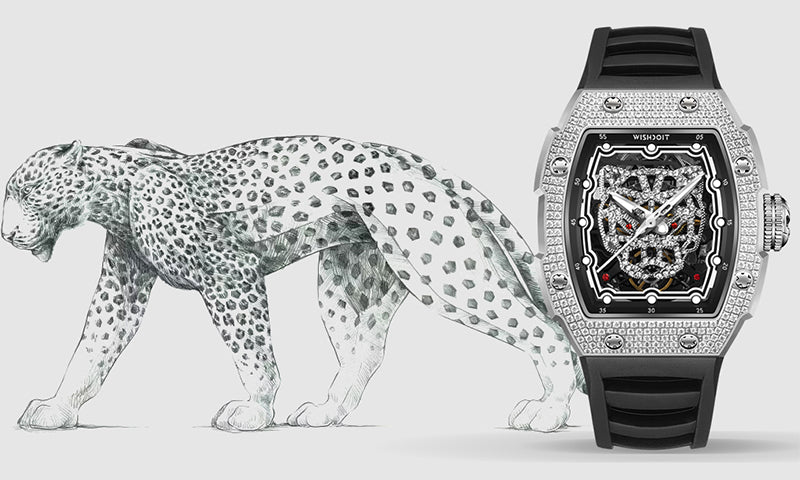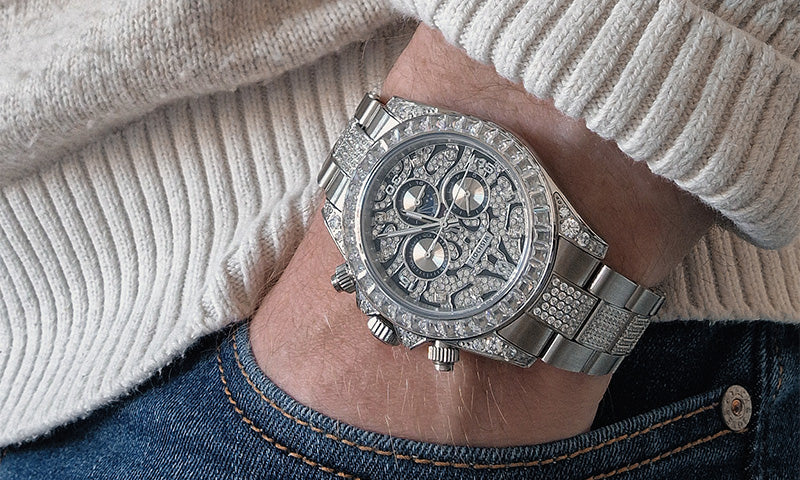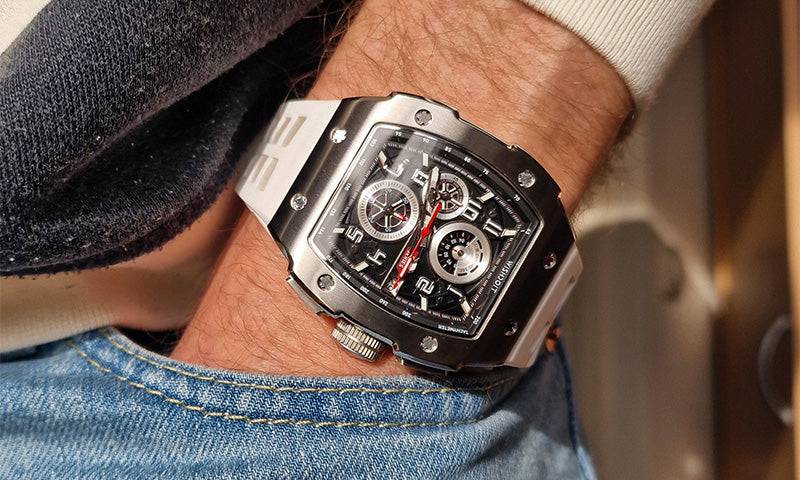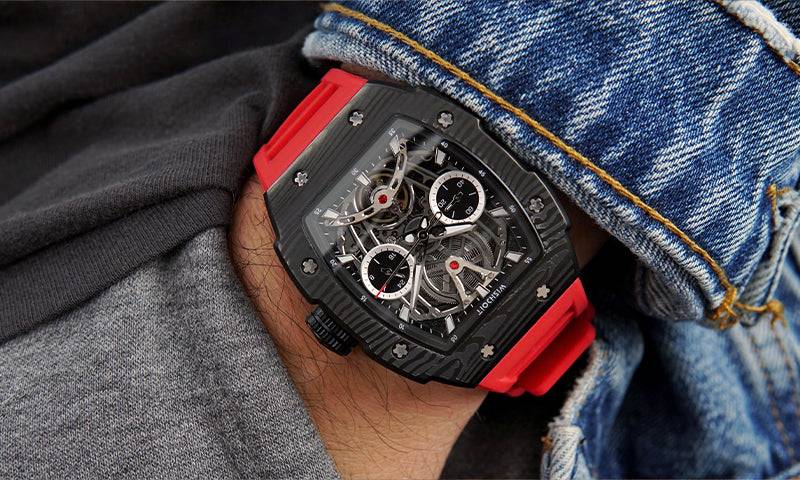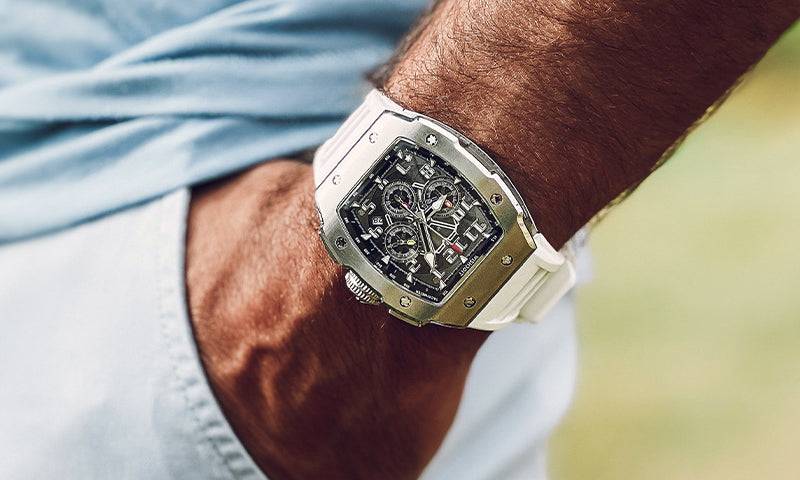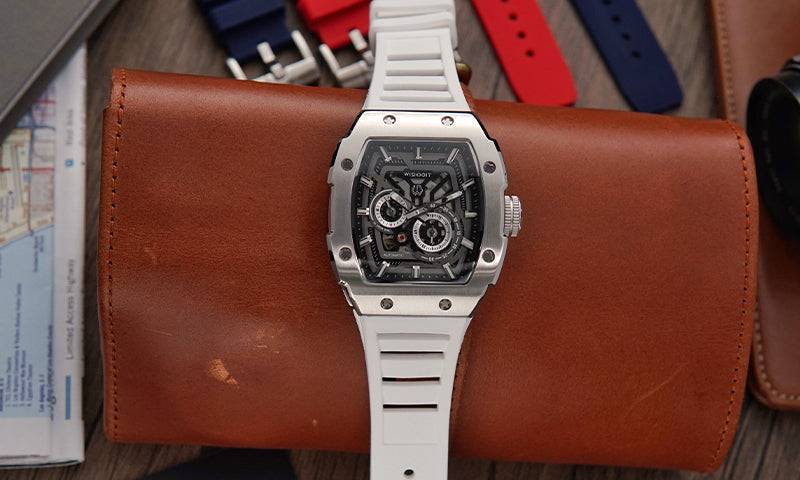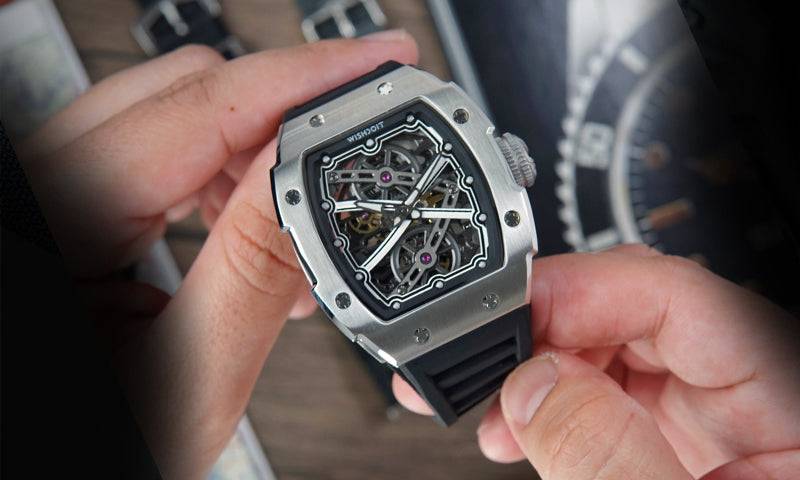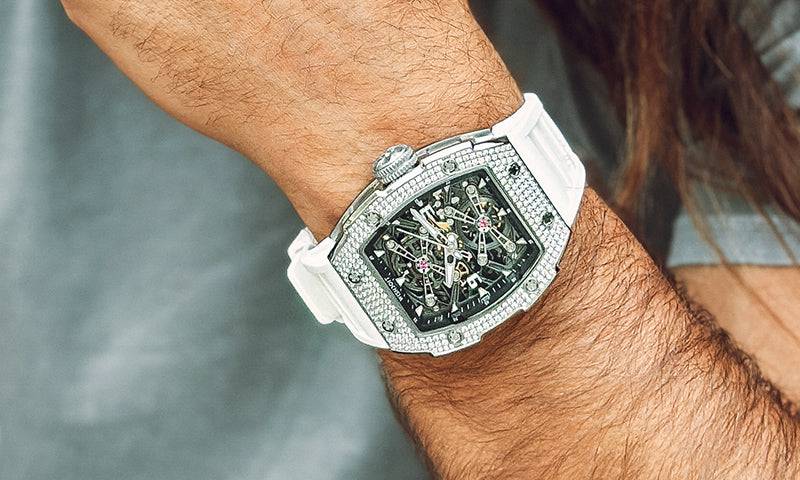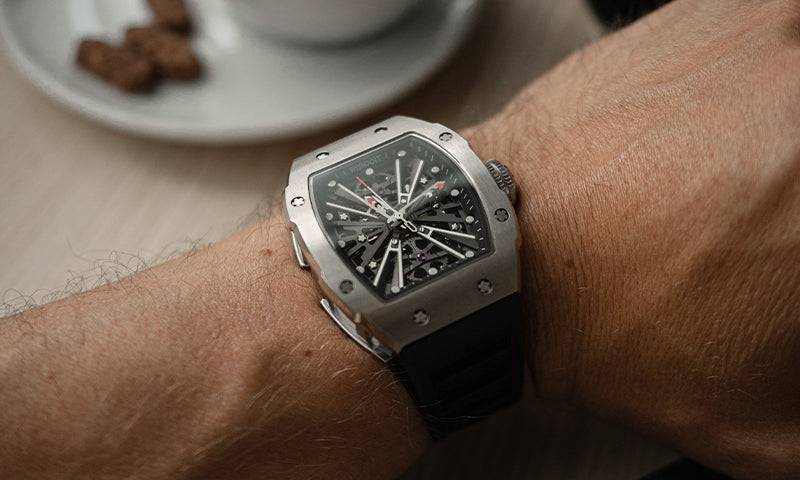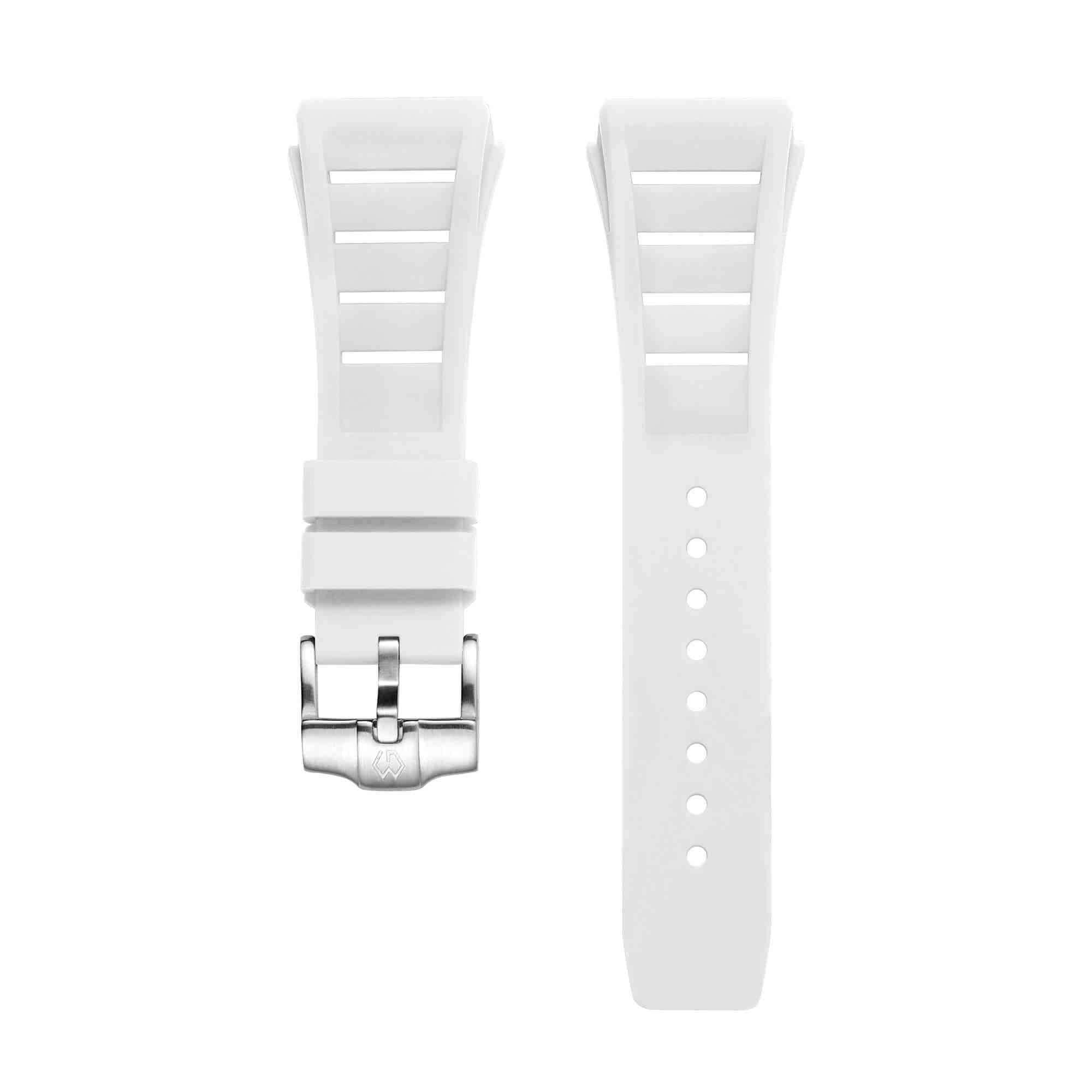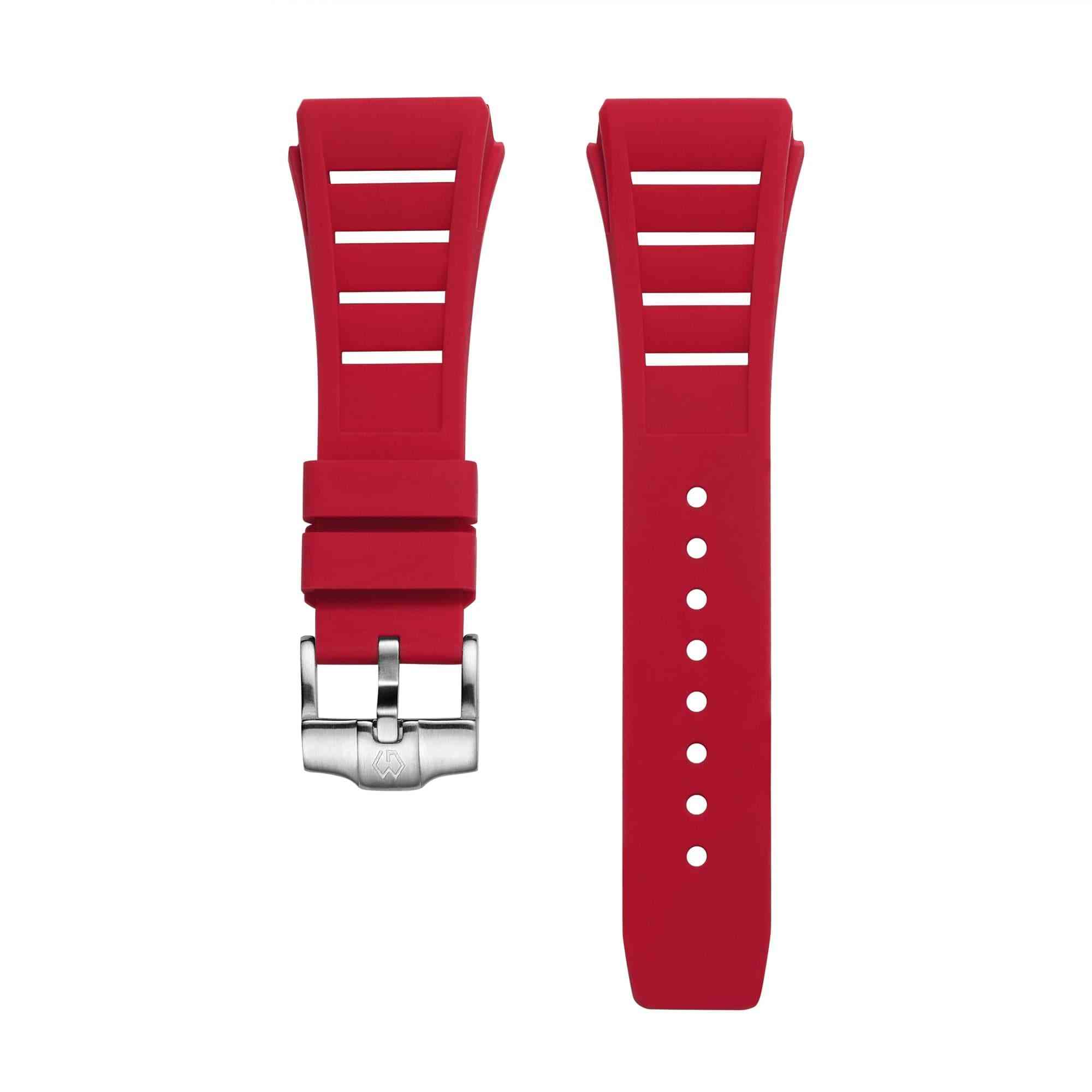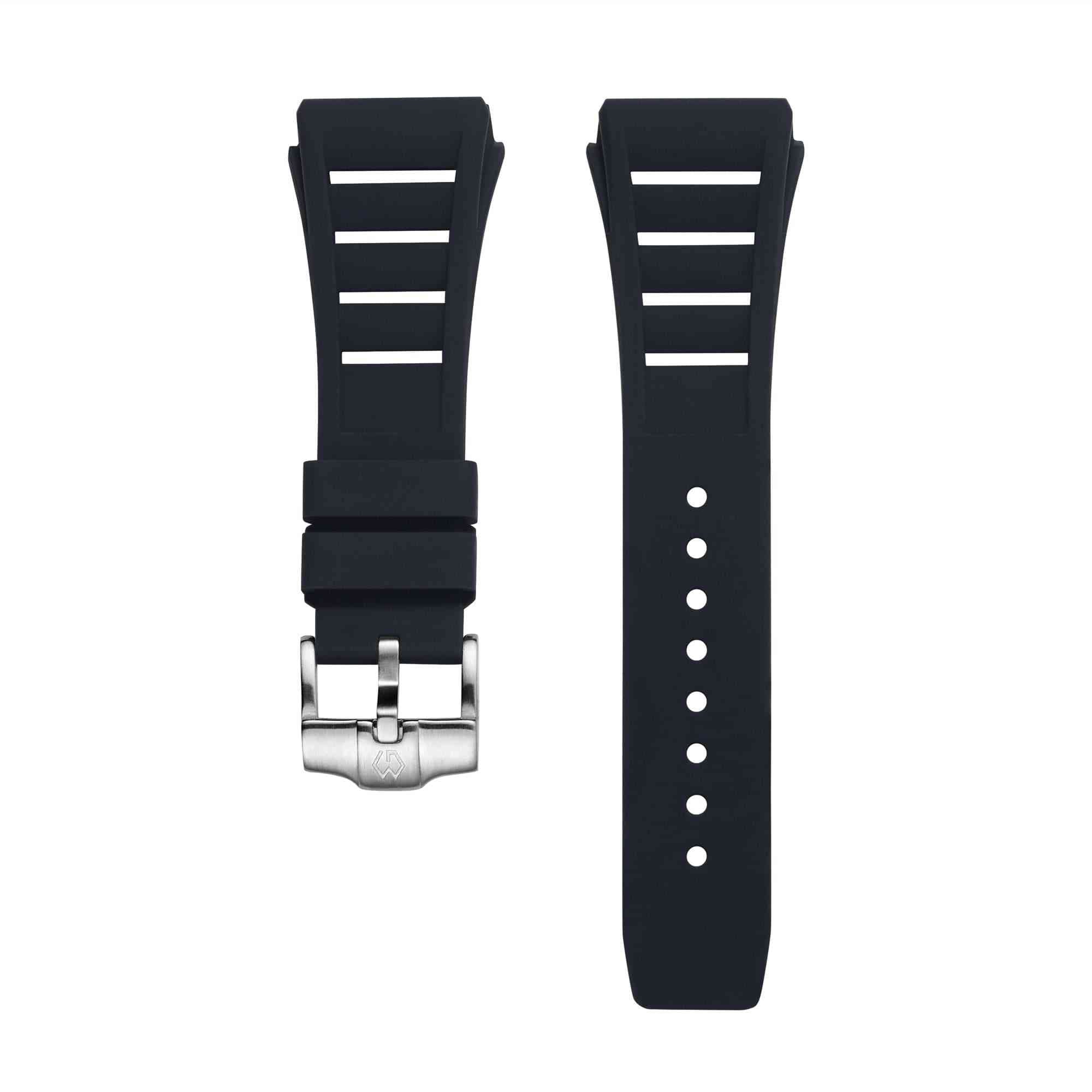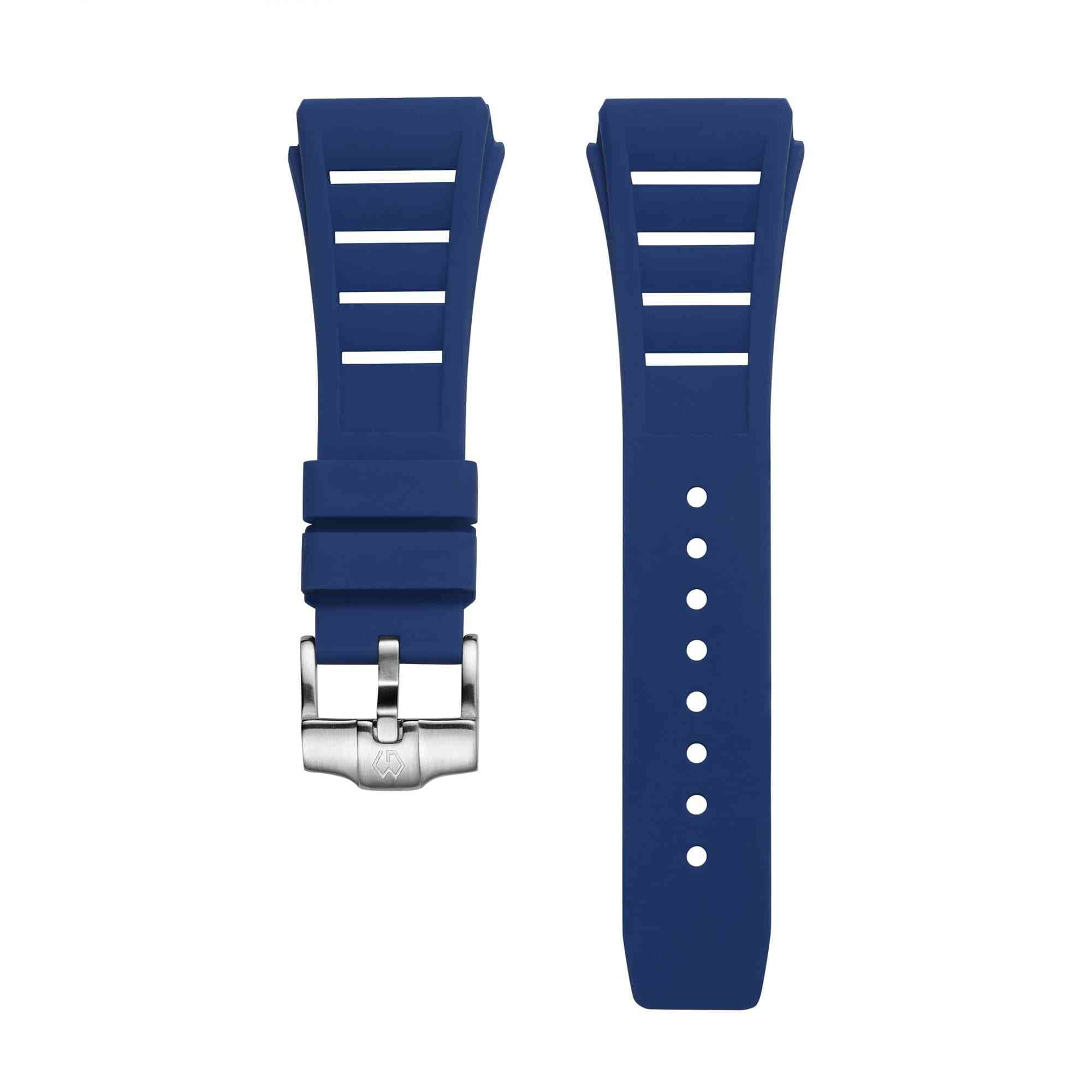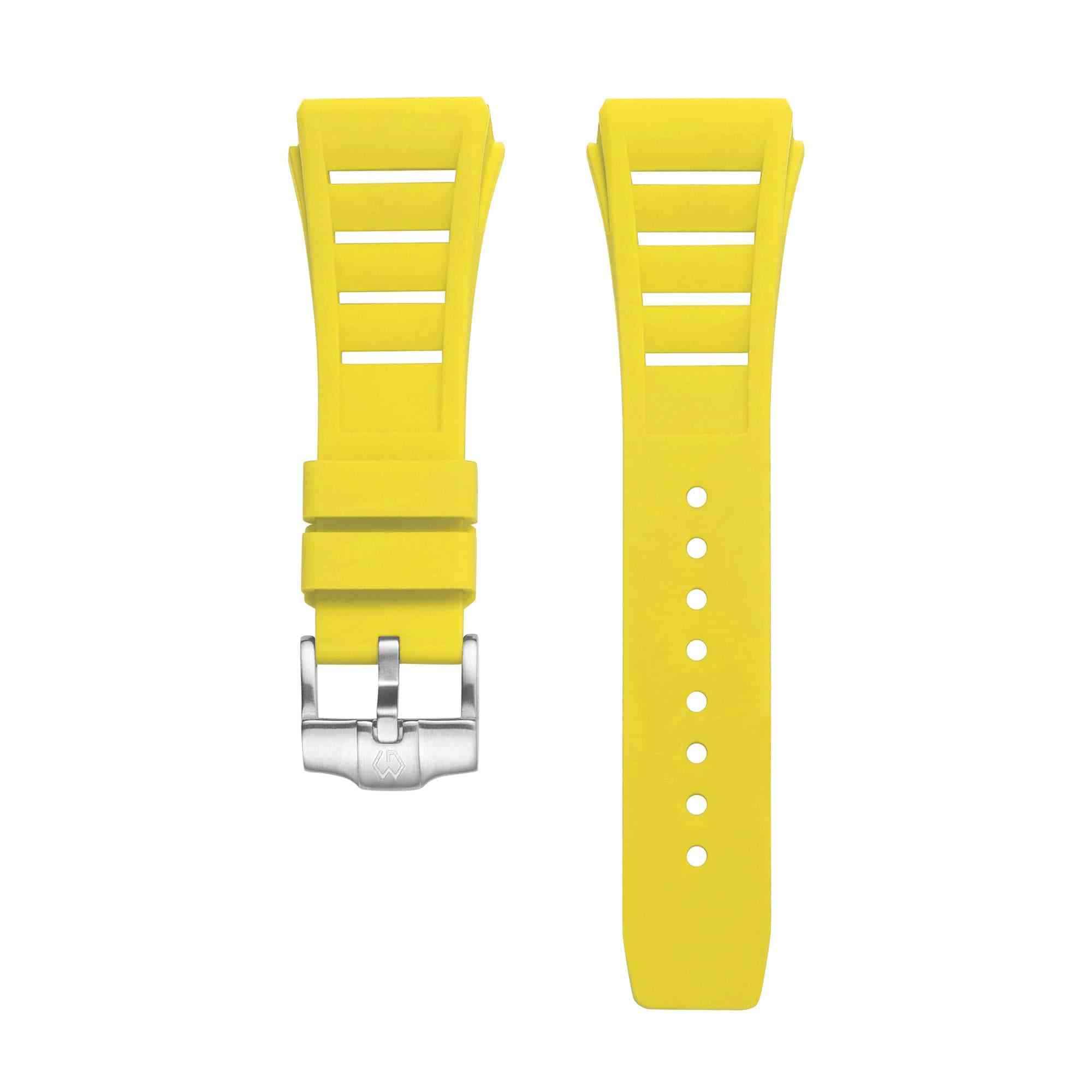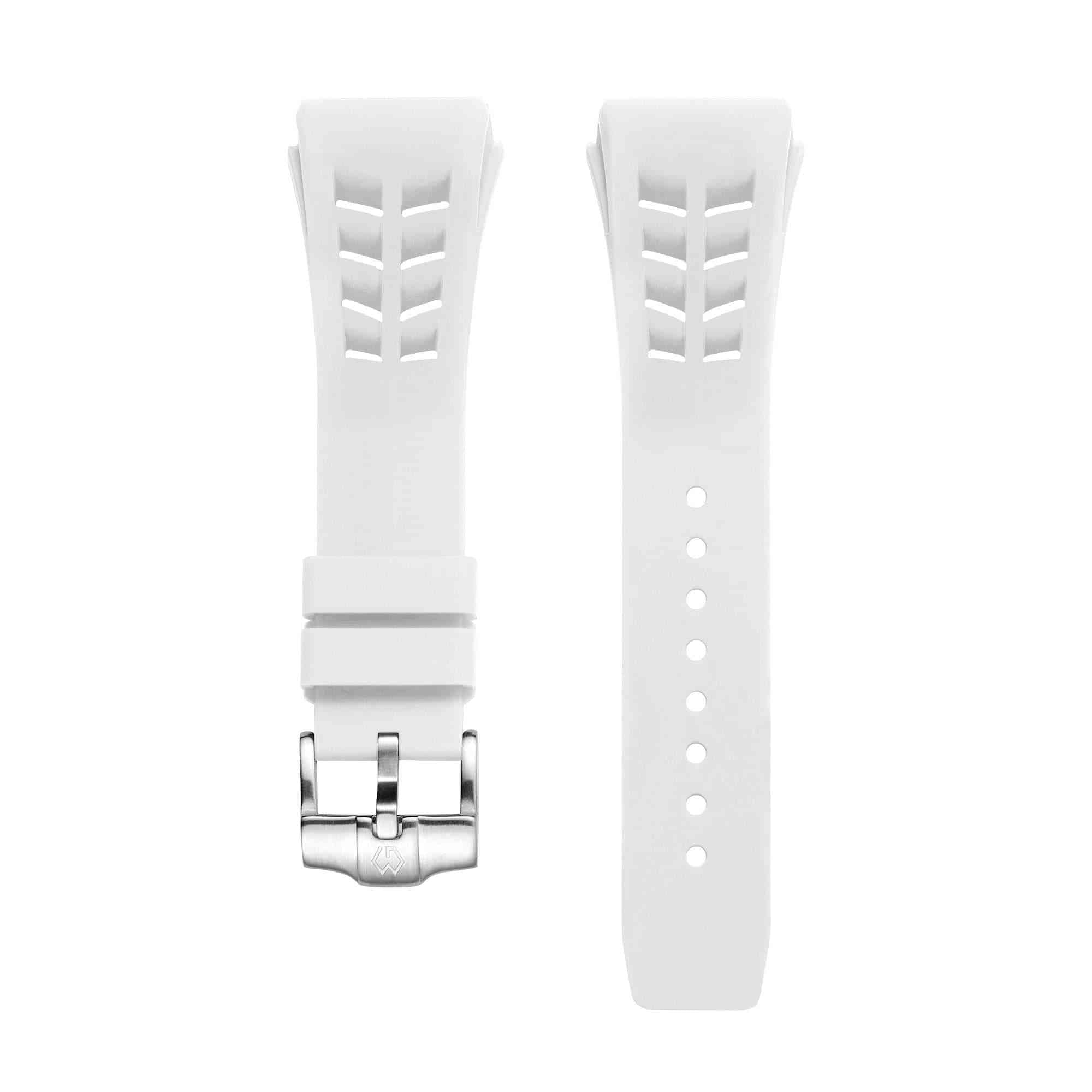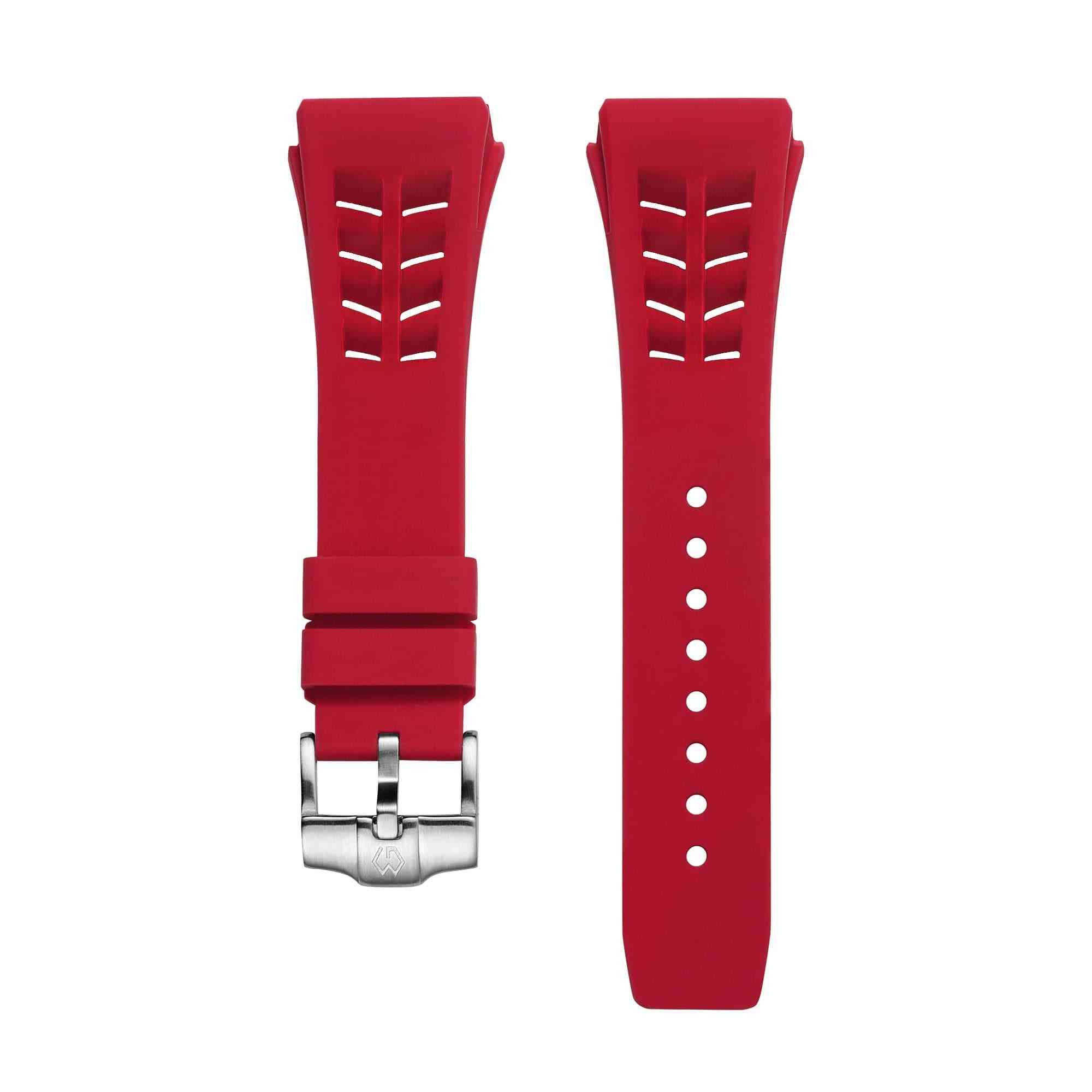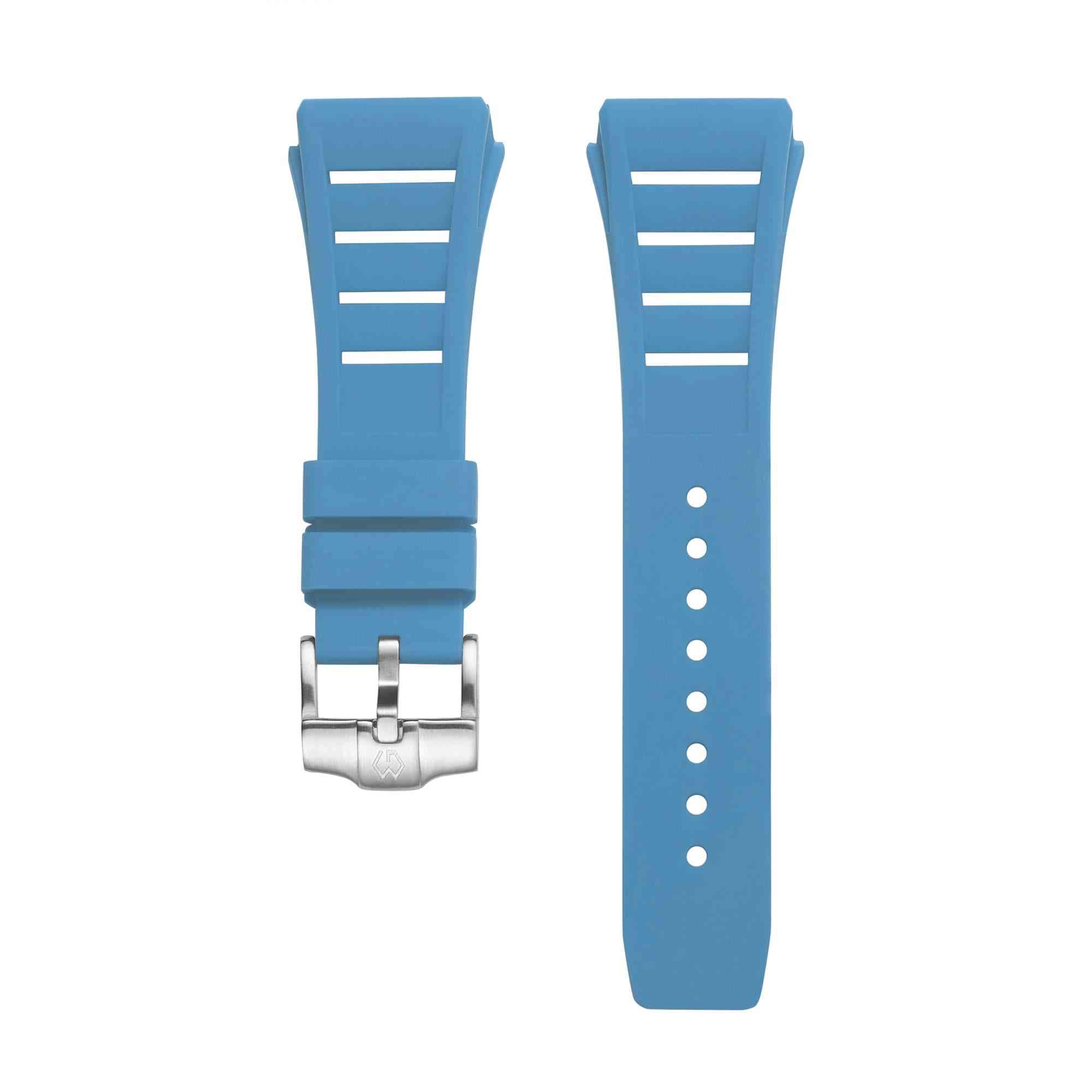The manufacture of each part of the watch contains its own knowledge. I usually study a watch first by looking at its mirror and then its movement. Generally speaking, if the quality of its movement is relatively good, the overall quality of the watch is relatively good. I next study the top layer of the watch-the sapphire crystal mirror. Although it is responsible for directly protecting the dial, most people seldom appreciate the watch mirror carefully when admiring a watch. It may also be because we are accustomed to its existence, so we often ignore it. The difficulty of the production process and the value of existence. This time we will get to know the production process of a watch mirror.
Step one: Ultra-high temperature firing sapphire crystal glass
If we want to make synthetic sapphire, it needs to be synthesized after ultra-high temperature firing. When some brands sell watches, they emphasize that the configuration of the mirror is a double-sided anti-glare sapphire crystal. This sounds a bit advanced and quite mysterious. In short, the sapphire mirror has two functions: one is to ensure that the outside of the watch is strong and protective, and the other is to keep the watch at its best under any circumstances. It also has the visual reading effect.
Step two: After mixing oxygen and hydrogen with bauxite, it is fired at a high temperature of over 2000°C to form rods of crystalline aluminum.
For high-hardness transparent materials, in addition to diamonds, synthetic sapphire, a material commonly used in the watch industry, is also a very hard stone, with a hardness of 7 on the Mohs level. In the production and synthesis, sapphire requires sophisticated technology and craftsmanship, and the process is complicated and numerous. Some businesses can use double-sided anti-glare treatment technology, which shows that the watch factory has very high professional technology and more advanced equipment.
Step three: Initially cut into thin slices and then processed and polished
Because synthetic sapphire is made of bauxite, which is a kind of aluminum oxide, after mixing oxygen and hydrogen, the material reaches a melting point of 2050°C. It takes about 15 hours to form a bar-shaped object, which is crystalline aluminum. Then the stone is fired again at a high temperature of 1800°C to ensure the stability of the material.
Finally, after cutting with a very thin diamond polishing blade, grinding the crystals into thin slices with a diameter of no more than 0.02 mm, then machining can be carried out, then the surface is polished to the required standard thickness, and then the high and low surfaces are polished. Only in this way, it can be made into a curved or semi-circular crystal surface.
Last but not least, the finished sapphire mirror will go through vacuum evaporation and double-sided anti-glare treatment, and then beveled, which can ensure that the sapphire mirror fits perfectly with the case, and the front and back sides must be chemically polished. The sapphire mirror is then sent to a furnace in a sterile laboratory for anti-glare treatment through a high-precision vacuum evaporation process. All sapphire mirrors with double-sided anti-glare treatment can reduce 99% of the reflected light into the naked eye.
So, the process of making sapphire crystals is actually very cumbersome. The new product we recently released is also a mirror made of sapphire, and the movement is also our own research and development. You can click here to learn more about it.

